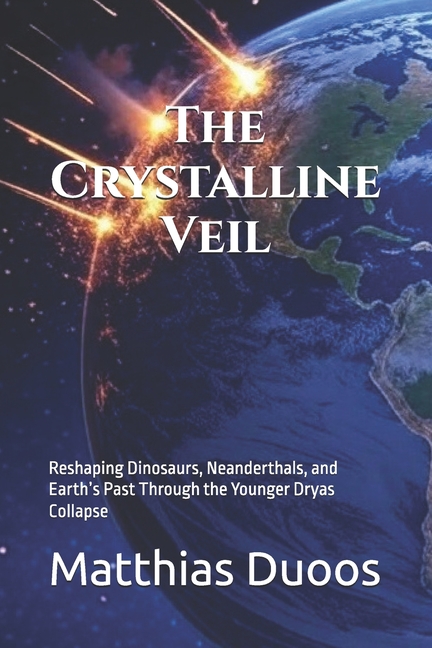Description
This thesis presents a bold, alternative model for Earth's history, proposing that a catastrophic Younger Dryas event, driven by the collapse of a 200-meter-thick crystalline ice canopy, fundamentally reshaped the planet's surface, climate, and biosphere. By integrating paleoclimate data, archaeological evidence, paleontological records, and reinterpretations of dating methods, this study challenges mainstream uniformitarian assumptions, offering a unified framework to explain diverse phenomena; from submerged civilizations to dinosaur fossils, within a single, rapid event known as the Younger Dryas Catastrophe. This hypothesis bridges scientific anomalies with a catastrophic narrative, providing a cohesive perspective that invites reevaluation of Earth's geological, biological, and cultural history.
Last updated on
Product Details
- Jul 7, 2025 Pub Date:
- 9798291346419 ISBN-10:
- 9798291346419 ISBN-13:
- English Language




